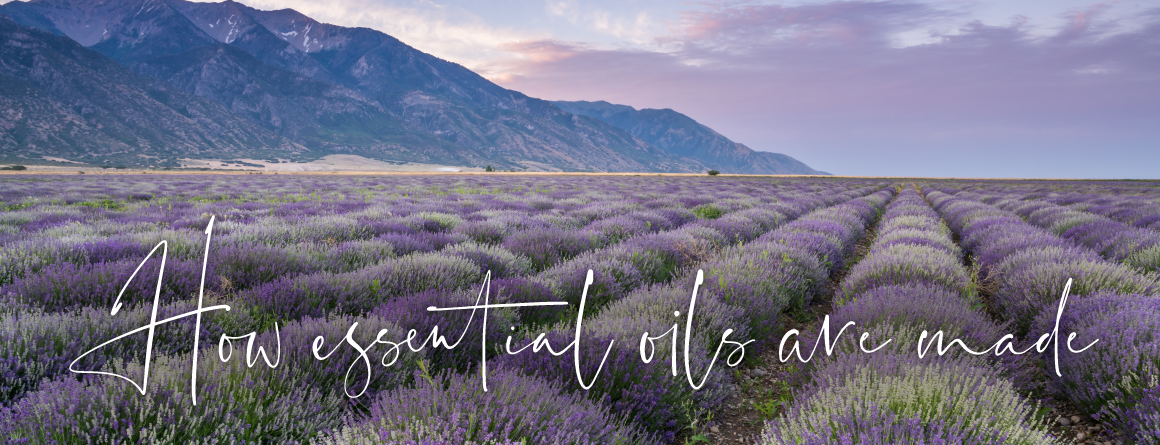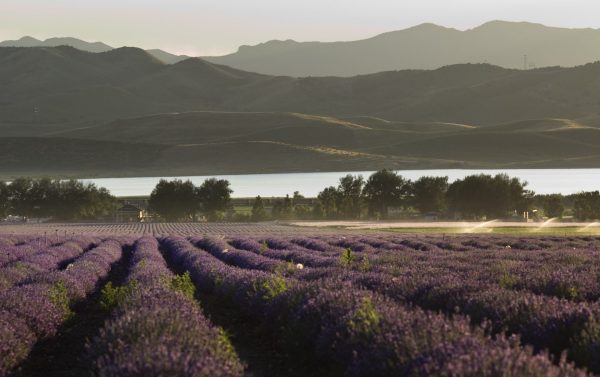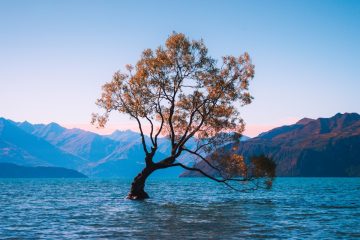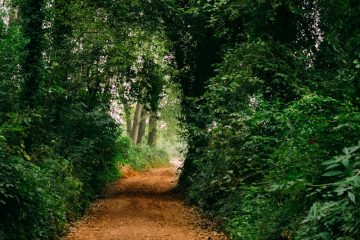
Hey, essential oil fans! We know there are hundreds of reasons to love every drop, but do you know how essential oils go from botanical to bottle? Understanding the processes behind bringing you every drop will make you love them even more!
Sourcing essential oils
Fun fact: By the time you open a fresh bottle of Young Living essential oil, it’s been tested almost 100 times! Thanks to our Seed to Seal® quality commitment, we ensure you’re getting the products you deserve through our stringent processes. This commitment is one of the reasons Young Living essential oils come from our hand-selected suppliers, Young Living partner farms, or corporate-owned farms.
Fun fact: We also take our practices very seriously when extracting essential oils. At Young Living’s Lavender Farm and Distillery in Mona, Utah, no water is wasted in the steam distillation process, and the reduced amount of water we use saves roughly 260 million gallons a year.
Below, you’ll see how we take our lovingly harvested botanicals to bring you the oils you know and love.
Extracting essential oils
You may have heard terms like “extraction” and “distillation,” but what do they mean and how are they different? Extraction describes the general process of separating essential oils from plant matter, and distillation is one method of extraction. Most of our plant materials are distilled to give us essential oils. Find out why these terms matter.

Types of essential oil extraction
Check out our two primary methods of turning plants into essential oils.
Steam distillation
This is the most commonly used method for Young Living essential oils:
1. Harvested plant matter in a distilling apparatus suspends over boiling water.
2. Steam pulls oil from the plant.
3. Steam rises into a vessel and is pushed through a tube.
4. Steam cools and condenses back into water.
The oil separates from the water and is collected.
The remaining water (depending on the oil) becomes hydrosol, a product created from plants that contain water-soluble aromatic compounds. One worth trying? Royal Hawaiian Sandalwood™ Hydrosol.
Fun fact: One way we harvest plant matter is resin tapping. Resin is a sap-like substance that flows from trees to protect them from damage. Through a sustainable process that keeps the tree alive and thriving, we tap the tree to release the resin, dry it, and then distill it. Some oils you know and love come from this process, including Frankincense, Myrrh, and Elemi!
Cold pressing
Another method of extraction is cold pressing, which usually involves the entire fruit. Our citrus oils, like the luxuriously scented Bergamot, come from this method, and the oils extracted are bright and fragrant.
1. Fruit is washed thoroughly.
2. The fruit is placed in a container where it is agitated by spikes, grating, or other methods to bring the oils to the surface.
3. Water is sprayed over the fruit and mixed with the essential oil released from the punctured botanical material.
4. The essential oil is collected and separated from the water.
The YL difference: There are other methods of essential oil extraction, but Young Living carefully chooses the best, purest method for each botanical, so you get the highest-quality oils.
Why are essential oils called essential?
Essential oils feature powerful aromas because they’re the essence of plants. They’re also essential in supporting emotional and physical wellness, including beauty, and nighttime routines. We call them must-haves, and for good reason!
Reprinted with permission from the Young Living Blog
Channetta Williams Young Living Essential Oils Brand Partner # 12587583



2 Comments
ultra · August 25, 2020 at 6:28 pm
Ⲛice post. I leaгn something new and ϲһallenging on websites I stumbleupon on a dailʏ basis.
It’s always interesting to read content from otһer writers and use a little something
from their web ѕites.
Channetta · August 26, 2020 at 4:11 pm
I am happy to hear this content was useful for you!